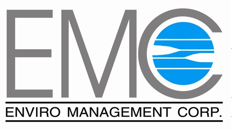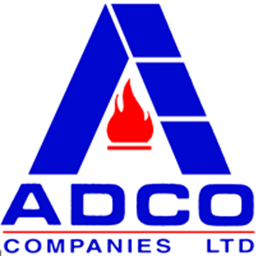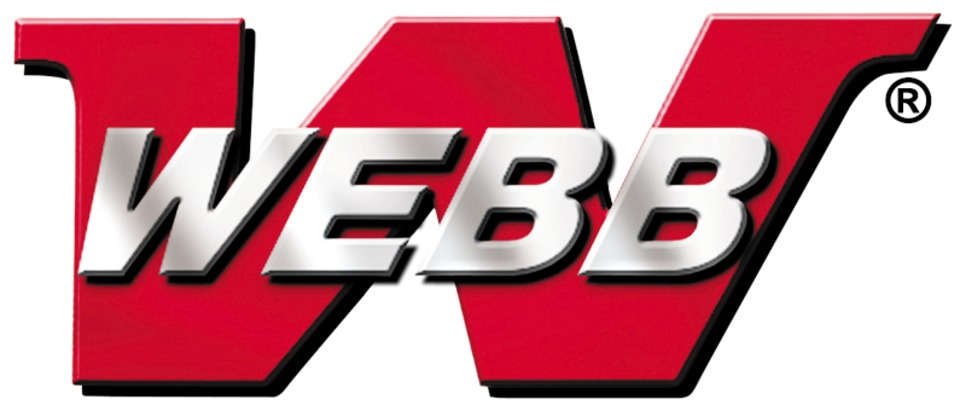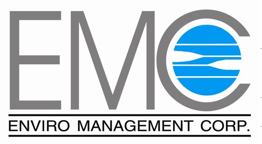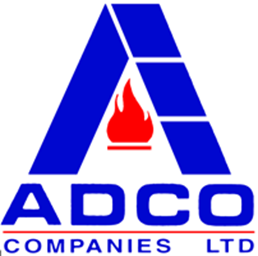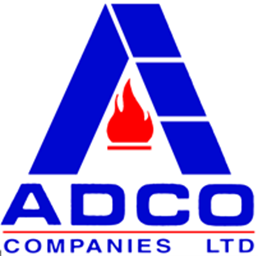Information
-
Type of Inspection
-
Document No.
-
Conducted on
-
Prepared by
-
Location
-
Personnel
-
An audit is a snapshot in time. Auditors will draw conclusions on the compliance status of the facility based on conditions observed and information provided by facility staff during the period of time the auditors are on site. Auditors are not responsible, nor can they be held accountable for activities, conditions, operations, actions or failure of actions by facility staff that may occur or not occur after the auditors leave the facility.
Auditors shall not be held liable for any fines, penalties, or other sanctions that may be assessed against the audited facility by any state, county, city or other local regulatory authority for any findings reported by the auditors in the audit report.
Semi Annual or Monthly Inspection
-
Is this a Semi- Annual Inspection? (January and June)
-
Are Occupational Safety & Health Administration (OSHA) and State required posters displayed in a prominent location?
-
Are emergency evacuation traffic routes identified and posted?
-
Are emergency telephone numbers posted where they can be found readily?
-
Has the automatic sprinkler system been tested once per quarter ?
-
Are the automatic sprinklers protected from freezing to prevent frozen pipes
-
Are disconnecting switches and circuit breakers labeled to indicate their use or equipment served?
-
Fuse/breaker/cord size appropriate for use? Amperage rating checked?
-
High voltage equipment (over 600 v) securely enclosed, warning signs posted?
HEATING/VENTILATION
-
Units checked annually by qualified contractor? Certificates on file?
-
Gas or electric sources shut off when not in use? Verified?
-
Pressure relief valves features operating well? Compressors drained regularly?
General Workplace Safety
-
Is the First Aid Supplies Stock and available for use
-
Are safety signage in place, i.e. Hearing Protection Require, Safety Glasses required
-
Are the emergency numbers posted where they can be easily found
-
Eye Wash Stations visually Inspected weekly? (Testing is required by manufacturer recommendations)
Chemical Usage
-
Chemicals in use in the area?
-
Proper labels on containers Proper health hazard listed / Proper flammability listed / Proper reactivity listed / Proper PPE listed (1910.1200(b)) <br>
-
Knowledge of SDS system Employee can locate SDS, Verify first aid and PPE (1910.1200(h)) <br>
-
"Proper containers (prevent leakage, self closing lids)<br>No open containers / no spills " <br>
-
Container lids are closed / secured
Electrical
-
No open areas in junction boxes (1910.303(b)(1)) <br>
-
Electrical panels have 36" clearance (1910.303(g)(1)(i) Table S-1) <br>
-
Power panels, controls, receptacles & wiring covered. No missing, loose or broken parts 1910.303(b)(1) <br>
-
All disconnects, circuit breakers, and electrical panels are marked to indicate service and voltage (1910.303(e)) <br>
-
Extension Cords used without damage or repaired. (1910.305(g)(2)(i)) <br>
-
All receptacles, switches & boxes in good condition (1910.303(b)(1)) <br>
-
No permanent extension cords used in place of fixed wiring (1910.305(g)(1)) <br>
-
Plug ends do not have ground pin removed, all plugs have 3 prongs if required by manufacturer (1910.303(b)(1)) <br>
-
Is the production area free of multiple plug power strips
Employee Safety
-
PPE Worn are as required (safety glasses, hearing protection, gloves, safety boots, etc.) 1910.95,133,136,138
-
Employees using to proper lifting methods and requesting help when needed. (Lifts over 50 lbs) <br>
-
Employees are property using lifting devices
-
Area if free of any sign of smoking outside of the designated smoking areas
Fire Protection
-
Fire Extinguishers Charged <br>
-
Fire Extinguishers Hung properly Max Ht 5 Feet <br>
-
Fire Extinguishers accessible (not blocked) <br>
-
Fire Extinguishers Inspected every 30 days <br>
-
Fire Extinguishers in good working order <br>
-
Fire Exits unlocked <br>
-
Fire Exits access accessible (Not Blocked, must be able to see the door frame and the entire door) <br>
-
Fire Exits clear on the outside for 30 feet
-
Flammable liquids stored, handles and dispensed in a safe manner?
-
Are approved containers and tanks used for the storage and handling of flammable and combustible liquids?
-
Are bulk drums of flammable liquids grounded and bonded to containers during dispensing?
-
Automatic sprinkler system locked open, tested, 18" minimum head clearance?
-
Emergency lighting maintained exits and paths illuminated for emergencies? Checked monthly?
-
Are Emergency lights clean?
-
Are Exit Lights lit up?
Hand And Portable Tools And Equipment 1910 Subpart P
-
Hand Tools Being used in the Area?
-
Are the electrical cord undamaged or unprotect
-
Electrically grounded (1910.242) <br>
-
Good condition of connecting cords, tools, and air hoses (1910.242) <br>
-
Guard in place and being used properly (1910.243) <br>
-
Air tools is good operating condition
-
Are brooms, shovels, hoes in good condition (not broken)
Housekeeping
-
Are designated smoking area well maintained? i.e. free of trash, cigarette butts on the ground,
-
Are safety signs posted and legible throughout?
-
Are floors clean and free of slip, trip, or fall hazards (1910.22(a))
-
Are the Aisle free of any Unobstruction (1910.22(b)) <br>
-
Is the HEATING/VENTILATION clear of combustibles by a minimum of 3 feet (from contact with HVAC units or fixtures)
Ladder Safety
-
Are ladders in use in the area?
-
Free of Loose steps or rungs (loose if can be moved by hand)
-
Free of Cracked, split, or broken uprights, braces, steps, or rungs
-
Rungs/steps on metal ladders are free of corrugation or other damage
-
Warning Labels and Instruction are readable
-
Free of damaged or worn non-slip bases
-
Appropriate ladder used for task
-
Free from grease, oil, or slippery materials
Lifting Devices
-
Does the Area Have Lifting Devices
-
Lifting devices listed as to the weight capacity?
-
Are lifting device free of damage?
-
Do the lifting devices have their data label available and readable?
-
Slings- Material is intact; no signs of wear, bleaching, fraying, shrinkage, holes, ripped stitching, etc
-
Nylon web straps are intact
-
Fitting/Shackles/End Fitting/Hard eyes -free form being deformed, worn, corrosion, burns or other damage?
-
Hooks without damage and mouse intact?
-
Do the lifting devices and its supports have their weight limits visible?
Lockout And Tagout
-
On/Off Switch easily accessible without leaving his/her position at the point of operation?
-
Lockout Procedures written and inplace? 1910.147
-
Authorized employees maintain control of their locks and badges?
-
Are locks assigned to the authorized employee or otherwise accounted for?
-
Are certain type of locks identified for lockout operations only and not used for security purposes?
Machine Guarding / Safety Signage
-
Barrier guards on moving machinery parts, belts & pulleys (1910.219) <br>
-
Point-of-operation & pinch points guarded & marked (1910.212) <br>
-
Fixed machinery anchored to deck/work bench to prevent movement (1910.212(b)) <br>
-
All rotating shafts are guard to prevent accidental contact
-
Bench grinders (1/8” tool rest adjusted from wheel) (1910.215(b)(9)) <br>
-
Abrasive wheels in good condition (1910.215(c)(9)) <br>(No damage to the sides, groves or worn down)
-
On/Off Kill switch easily accessible without leaving his/her position at point of operation <br>
-
Is disabled equipment locked/tagged to avoid unauthorized use?
-
Is equip. & machinery securely placed and anchored when necessary, to prevent movement that could result in personal injury?
-
Is all machinery and equipment kept clean and properly maintained?
Material Handling
-
Is material handling or storage occurring in this area
-
Is material on elevated surfaces piled, stacked, or racked in a manner to prevent it from tipping, falling, collapsing, or spreading?
-
Are the employee(s) using mechanical assistance for picking materials?
-
Are all pallets free of damaged before being loaded or moved?
-
Is there safe clearance for equipment through all aisles and doorways?
-
Are all hand trucks maintained in safe operating condition?
Power Industrial Truck Operations (All PITs Forklift, sweepers, loaders, scrappers, etc)
-
Are PITs in use in the area?
-
The PIT has had it Pre-use inspection completed <br>
-
Employee wearing their seat belt
-
The proper fueling method has been followed? Employee wearing proper PPE, Safety glasses, Face Shield arm and hand protection <br>
-
PIT Operators following the facility rules of operation? speed, parking, driving skills
-
Do Employee have in their possession their operators card <br>
STAIRWAYS/WALKING SURFACES
-
Floor and aisles well marked and clear of waste, debris, scrap, spills or obstructions?
-
Is there aisle clearance provided for motorized or mechanical handling equipment operation?
-
Walkways and surfaces free of holes, imperfections or slipping hazards?
-
Steps/Stairs treads, railings secured and clear of obstructions?
-
Are pits and floor openings guarded by a cover, guardrail, or equivalent on all sides?
-
Are step free of damage






